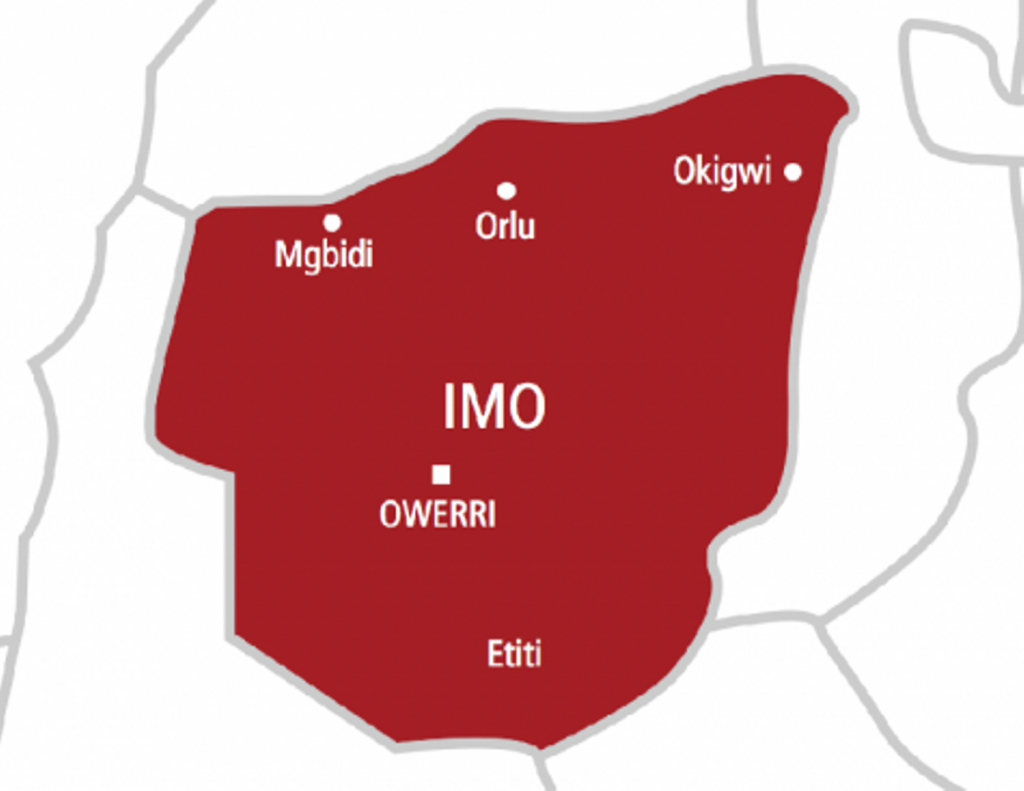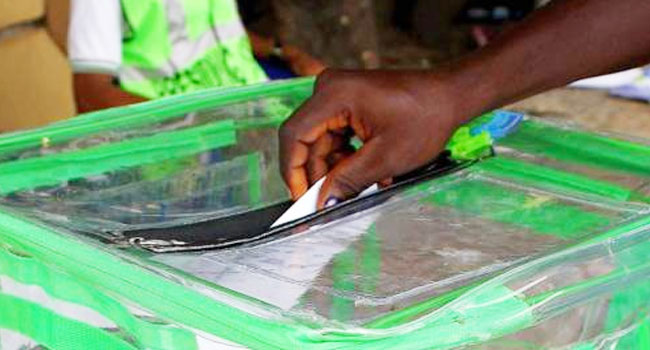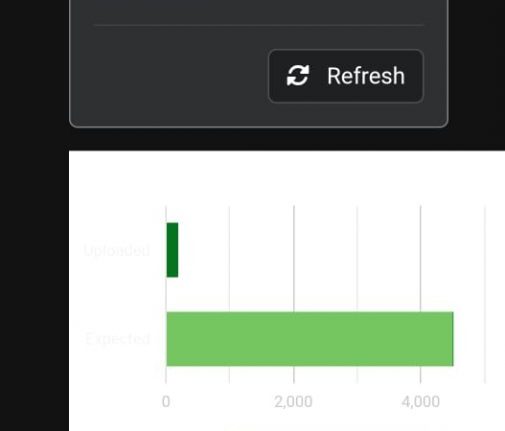• Tougher days ahead unless govt tackles insecurity, says Shettima
• Teriba blames COVID-19 for hunger crisis
• Food inflation triggered by herdsmen’s killing, says farmers’ leader
Nigeria seems to be plunging a new dimension of economic crisis as food inflation reached a new high in northern regions, hitherto considered the food basket of the country.
The North consistently led the country’s year-on-year (YOY) food inflation rate from June to August. In August and July, Kogi recorded the highest food inflation (22 percent and 20.1 per cent respectively), while Sokoto, with 17.9 per cent, took the lead in June.
On the average, food inflation of 11 northern states — as against six southern states — exceeded the composite figure in each of the three months. In August, 11 northern states, including the Federal Capital Territory (FCT)) and four Southern states, exceeded the national average, which was 16 percent. In July, the number of Northern states that surpassed the food inflation national average (15.48) was nine, as against seven from the South. Eight Southern states’ food inflation was above 15.18 (the combined average) in June, while 12 states from the North recorded higher figures.
ACCORDING to the Consumer Price Index (CPI), a survey conducted by the National Bureau of Statistics (NBS), the food inflation of Kogi, Kwara, Plateau, Sokoto, Yobe, Zamfara and FCT exceeded the national average in all the three months.
Ebonyi and Ekiti, on the other hand, were the only two Southern states that exceeded the general food inflation rate in the three months reviewed. The North also retained the top state with the worst food inflation rate back-to-back in the three months.
The depressing inflation rate in the North, a zone considered as Nigeria’s food basket, speaks volume of the sad dimension the country’s hunger crisis is assuming.
Dr. Ayo Teriba, chief executive officer of Economic Associates, said increase in prices of food items in the North was among the outcomes of the lockdown measures taken to contain the spread of Coronavirus (COVID-19) pandemic.
“During the lockdown, inputs could not get to the farms in many parts, even though mainstream agriculture was considered an essential sector. If farming was essential but transportation was affected by the lockdown, the prices of inputs would go up,” the economist said.
Teriba noted also that the lockdown restricted volume of food items that got to the final consumer. This, he said, caused an unusual spark. He added that the vast landmass in the North also escalated the impact of restricted movement on prices of inputs and outputs.
But the leader of the Arewa Youth Consultative Forum (AYCF), Yerima Shettima, blamed the rising prices of food in the zone on terrorism and banditry, warning that except the government tackled the challenges head-on, the country was yet to see the worst.
How many people still go to the farm? If people cannot go to the farms, where is the produce going to come from?” he asked. The social activist added that the little food taken to the market was a product of a few farmers who produced at the risk of their lives.
CORROBORATING Shettima’s view, Simon Irtwange, a professor and president of the National Association of Yam Farmers, Processors and marketers, said the herdsmen were currently having an upper hand in farmers/herdsmen conflicts in Nasarawa and many other places.
Calling on relevant authorities to invest in storage facilities to help farmers conserve produce, Irtwange pointed out that food items were becoming cheaper in cities like Lagos and Port Harcourt, Rivers State because the little produce was hauled to those places on the false assumption that the farmers would make more money selling in urban markets.
Sadly, he said, wholesalers in Port Harcourt, Lagos and other cities “are not in a hurry to buy those items, forcing the farmers to dump them at any price to prevent damage” as food products are mostly perishables.
In August, the food inflation of Kogi was a six-percent point above the national average. With 19.1 percent and 18 percent respectively, Kwara and Edo – Kogi’s neighbours – were second and third states with the sharpest increase in prices of food. Food inflation in Sokoto, Yobe, Jigawa, Katsina, Kebi, Borno, Plateau and Zamfara also pulled through the national ceiling, a situation that may have intensified the fear about the growing impact of insecurity on food production.
Though a few states in the South also experienced unusual rise in food inflation, figures from the North are particularly upsetting. Bode Ashogbon, an economist and investment consultant, said he could only attribute the rise to “flooding experienced in the past few years and insecurity” as no economic factor could be responsible for the unusual increase.
“Security challenges could be responsible for inflation. A lot of people are moving away from the farm because of insecurity. But if you look at Kogi, you also want to ask whether insecurity is a major concern. Why should food inflation be the highest in Kogi,?” Ashogbon asked.
AYODEJI Ebo, managing director of Afrinvest Securities Limited, said high inflation in the North could be connected with the weakening naira and distance from port facilities, as Nigeria is predominantly import-dependent. Ebo alluded to impact of the cost of importation on Nigeria’s domestic prices.
Last year alone, the country spent $1.3 billion on importation of cereals. The figure does not capture the undeclared smuggled tonnes of rice and other items that came into the country through land borders weekly.
Price of rice has increased by over 100 percent since the borders were closed last year. Neighbouring countries, including the Republic of Benin, whose economy survives on Nigerian’s patronage, have mounted pressure on the Federal Government to reopen the borders but the latter insists that would only happen after mutually beneficial terms are signed.









Leave feedback about this